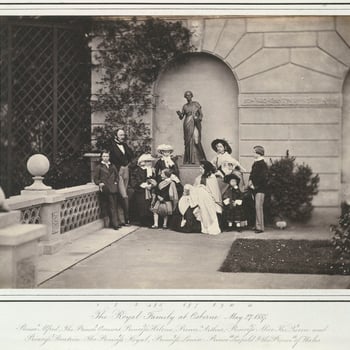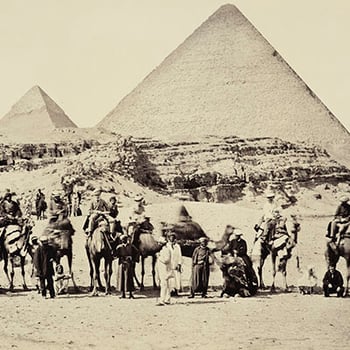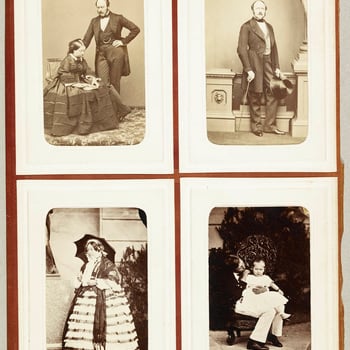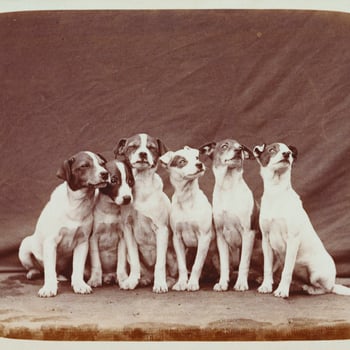Activities full of historical facts, insights and fun learning opportunities

Queen Victoria
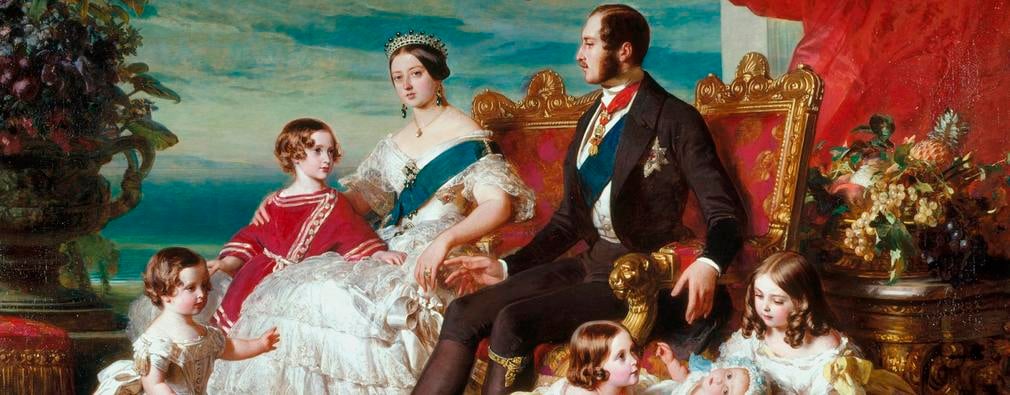
The Royal Family in 1846 by Franz Xaver Winterhalter, RCIN 405413 ©
Queen Victoria is associated with Britain's great age of industrial expansion, economic progress and, especially, empire. At her death, it was said, Britain had a worldwide empire on which the sun never set.
Victoria was born at Kensington Palace, London, on 24 May 1819. She was the only daughter of Edward, Duke of Kent, the fourth son of George III. Victoria's father died shortly after her birth and she became heir to the throne because the three uncles who preceded her in the line of succession – George IV, Frederick, Duke of York, and William IV – had no surviving legitimate children.
It was during Victoria's reign that the modern idea of the constitutional monarch, whose role as Head of State remained separate to political parties, began to evolve.
This page highlights the varied opportunities to explore more about Queen Victoria and her life through the Royal Collection’s objects, paintings, drawings, photographs and works of art.
What's in a picture?
Quite a lot, in fact! Explore this online Queen Victoria resource created in partnership with London Grid for Learning to find even more. 56 carefully collated images tell the story of one of Britain’s favourite monarchs, accompanied by lesson plans and curriculum notes to help specialists and generalists alike to create memorable learning experiences for pupils.
DiscoverExplore the links below to discover a wide variety of Queen Victoria-related resources, films and trails.
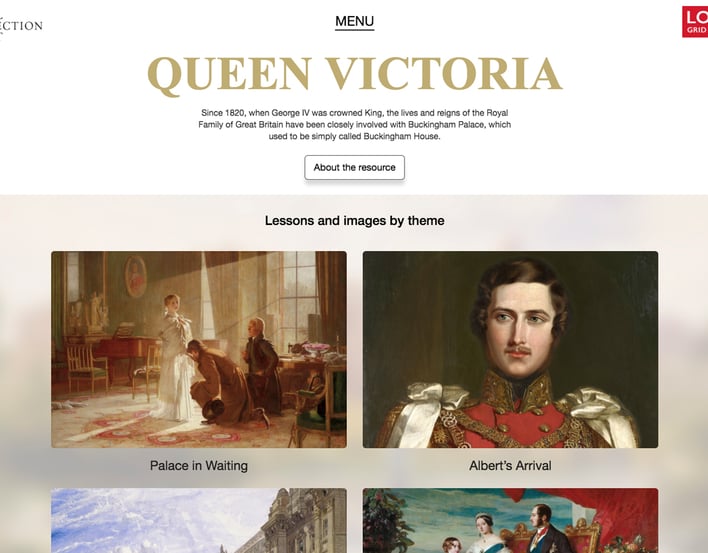
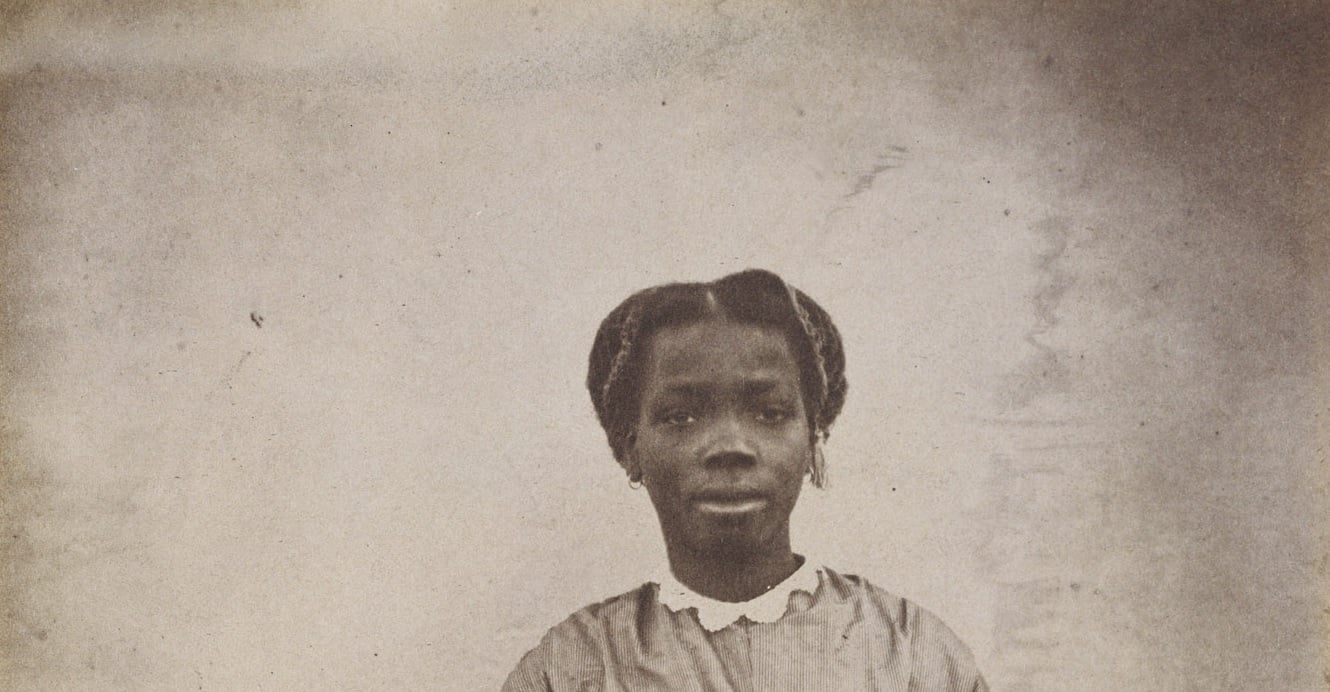
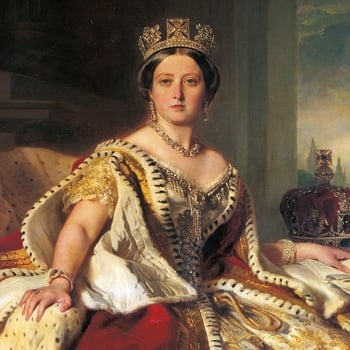
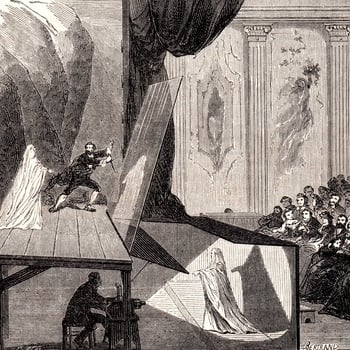
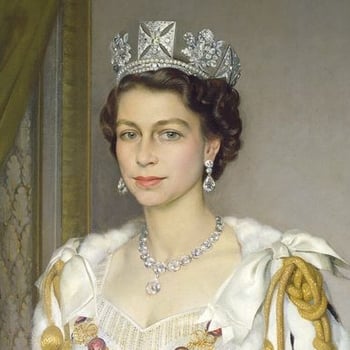
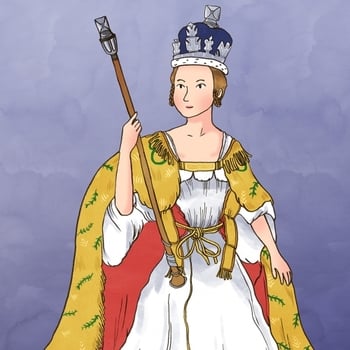
![Sally [Sarah] Bonetta Forbes (c. 1843-80) Photograph showing a three-quarters length portrait of Sally [Sarah] Bonetta Forbes, facing the viewer, seated and resting her right arm on a cloth-covered table. The portrait was captioned in the 19th century in ink 'Sally Bonetta Forbes' and dated 1856.](jpg/407295-13769920551188.jpg)
